
Mojacar Pueblo - a postcard town
A fairytale hillside town in Almeria Spain
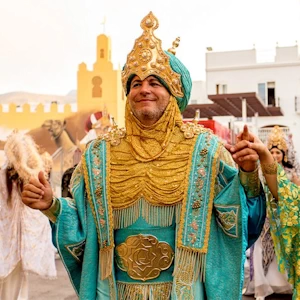
There are two Mojacars, the old whitewashed hill top town of Mojacar Pueblo with its labyrinth of narrow winding cobbled streets, steep walkways, secluded corners and terraces and Mojacar Playa, which has been a popular tourist resort for 45 years with 17 kilometres of varied and attractive beaches.
Situated close to the beautiful Spanish towns of Garrucha and Vera, and next to the Parque Natural Cabo de Gata, Mojacar is a ideal holiday destination for family holidays and golf breaks with 4 golf courses only a short drive away.
Mojacar Pueblo YouTube video
Mojacar Pueblo is the kind of vacation spot you would expect to see on a postcard. A fairytale town, with its cluster of white sugar cubed buildings clinging to the side of the hilltop.
For visitors, the old town is a delightful place to
explore, where you will find charming trinket shops,
restaurants, bars and terraces. The town is a browser's delight.
Arty shops beckon with their bits and pieces hanging from walls
and make shift stalls.
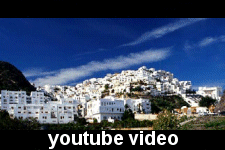 The winding streets lead you past smartly
renovated houses decked out with potted plants and flowers and
hole-in-the-wall shops selling everything from trendy clothing
to locally made souvenirs. Look out for the great value hand
woven rugs, jarapas and the famous Indalo Man. At the
heart of the mountaintop town is the Plaza Nueva where you stand
on what appears to be a marble dance floor overhanging the side
of a mountain. The views of the unexpected green carpet of
agriculture land surrounding the town and Sierra Cabrera
Mountains and coast line are magnificent. For those with the
energy, further spectacular views await at the Mirador
Castillo, which is the highest point of the town.
The winding streets lead you past smartly
renovated houses decked out with potted plants and flowers and
hole-in-the-wall shops selling everything from trendy clothing
to locally made souvenirs. Look out for the great value hand
woven rugs, jarapas and the famous Indalo Man. At the
heart of the mountaintop town is the Plaza Nueva where you stand
on what appears to be a marble dance floor overhanging the side
of a mountain. The views of the unexpected green carpet of
agriculture land surrounding the town and Sierra Cabrera
Mountains and coast line are magnificent. For those with the
energy, further spectacular views await at the Mirador
Castillo, which is the highest point of the town.
The Mojaquera
While your getting lost in the winding
streets of Mojacar, look out for a certain young lady.
 It's not often you come across a monument to a woman in Spain.
They tend to be either stern looking military heroes, or long
forgotten bishops. Mojacar though, has put up a monument to some
very important women who over the centuries lugged water from
the Moorish fountain at the foot of the village all the way to
the top.
It's not often you come across a monument to a woman in Spain.
They tend to be either stern looking military heroes, or long
forgotten bishops. Mojacar though, has put up a monument to some
very important women who over the centuries lugged water from
the Moorish fountain at the foot of the village all the way to
the top.
If you get a bit of puffed out on your way up there, spare a thought for the Carmens and Marias who with a brimful clay pot as headgear, negotiated the winding tracks to the top, headscarf held firmly in place with clenched teeth. The tiny pitcher-toting white marble statue of the Mojaquera stands in front of the church sporting typical dress, her face covered. Arab style. Santa Maria, the church itself, isn't the usual fancy wedding cake construction you often find in Spain, but a former fortress made of huge stone slabs.
The Pueblo at night
Often called the 'Corner of Enchantment' Mojacar Pueblo comes to life in the evenings, when visitors and residents alike can be found relaxing on the numerous outdoor terraces, eating, drinking or just watching the stunning sunset fall behind the mountains. You'll find a variety of different restaurants and bars, from those that cater for mums, dads and kids to those that offer a more romantic setting or international menu.
Moors and Christians
Mojacar has a long history with remnants of the Bronze Age being found near the foot of Mojacar. In 1488 the Moorish fortified town fell to the Christian which is still celebrated every year in June with the fantastic 'Moors and Christians' fiestas. The festival is a 3 day event where key historical events and mock battles are re-enacted by two groups dress in elaborate costumes, urged on by the crowd. As with most Spanish festivals it takes place against a background of music, fireworks and explosions.
Market day
The Pueblo's market day is Wednesday and takes place between 9:00 and 14:00

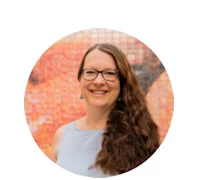

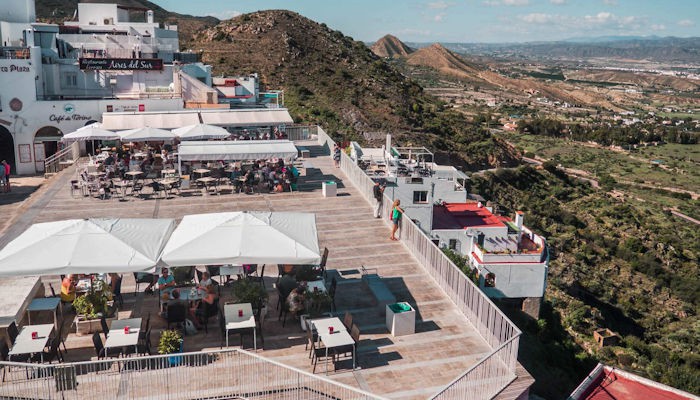
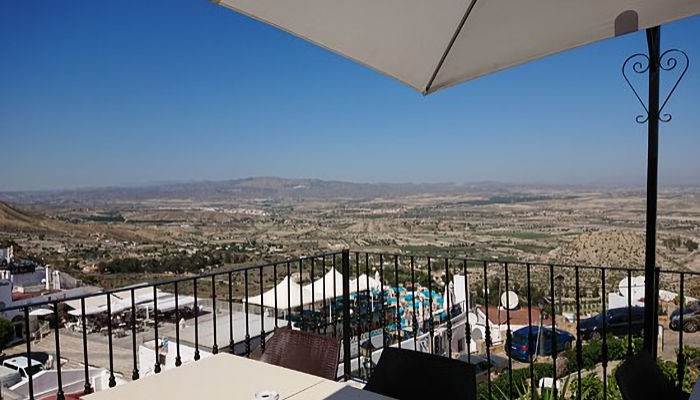

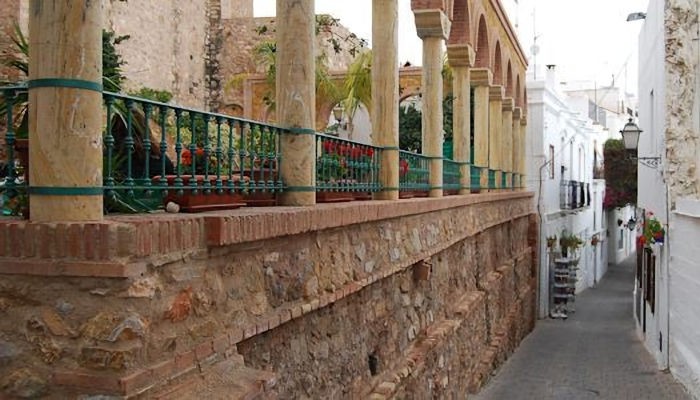
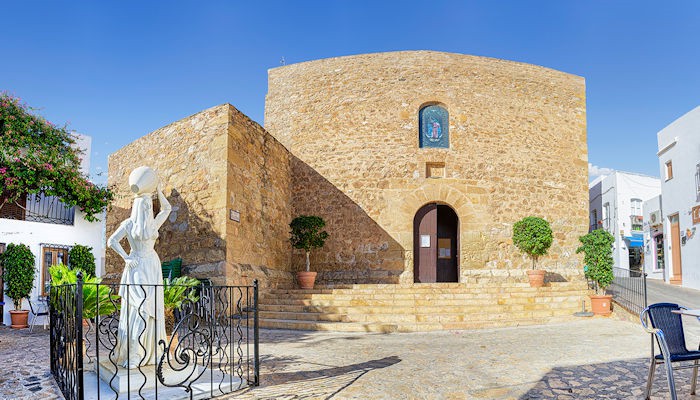
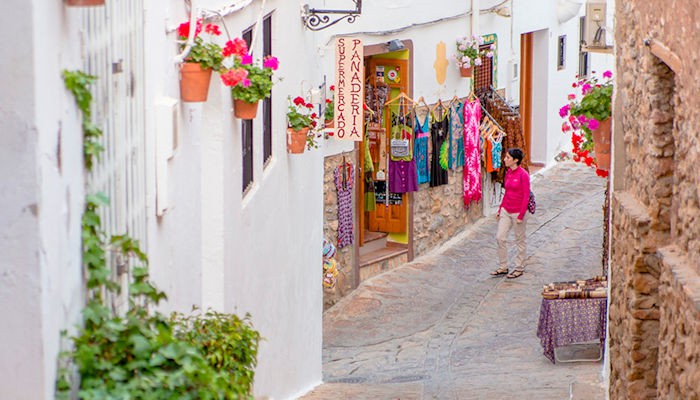





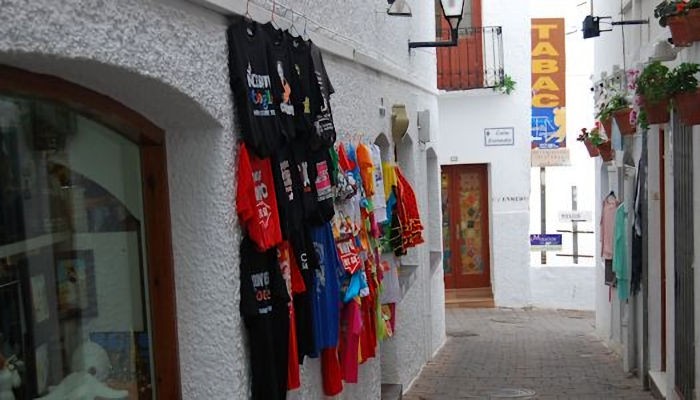
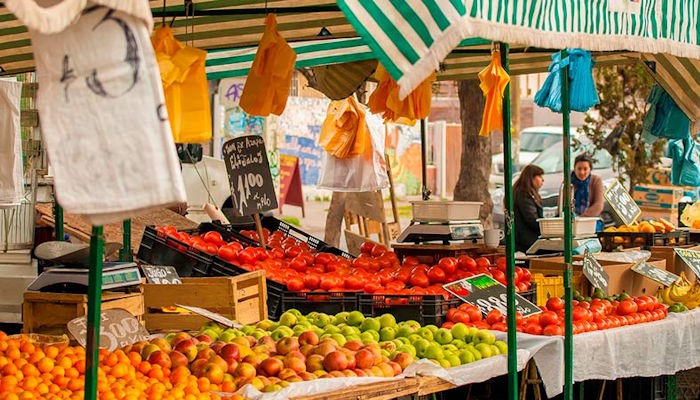
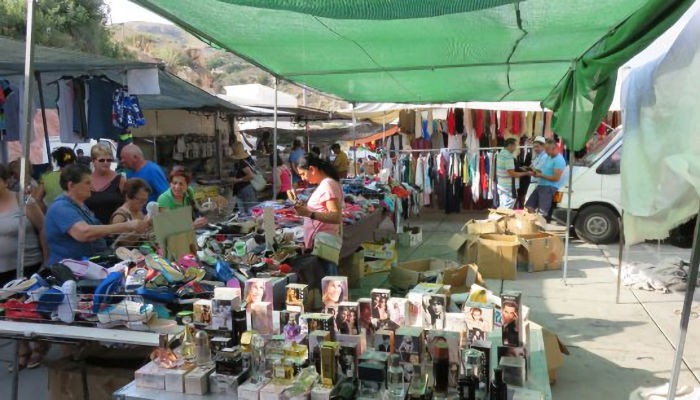




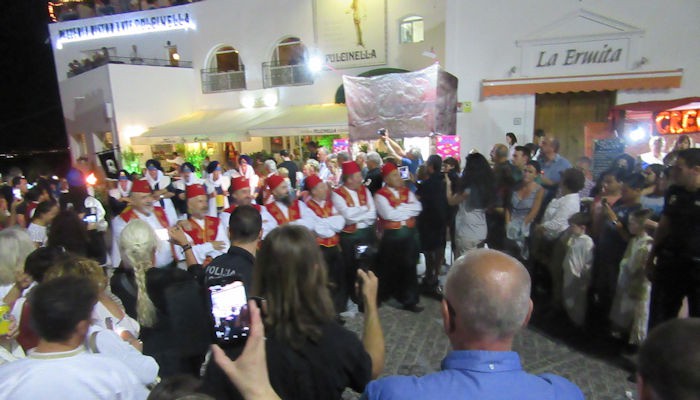
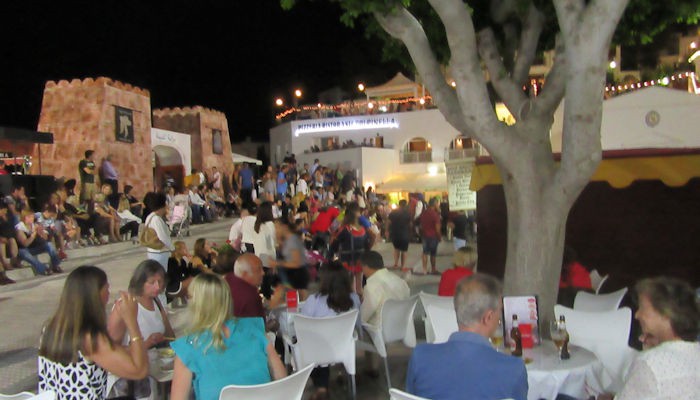
 1
1 2
2 3
3 4
4 5
5 6
6 7
7 8
8 9
9 10
10 11
11 12
12 13
13 14
14 15
15 16
16 17
17 18
18 19
19 20
20 21
21